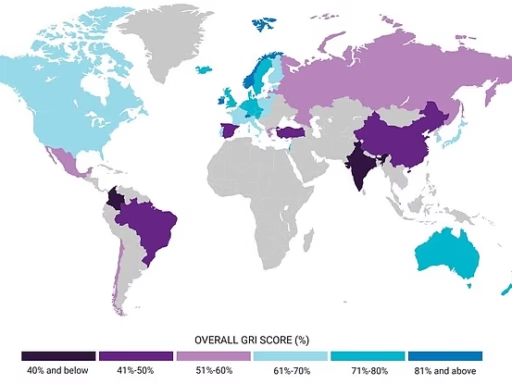
Introduction
Facing a pile of credit card bills can feel overwhelming. You’re not alone—millions of people manage credit card debt every day. While debt can feel stressful, effective strategies exist to help you reduce it and regain control of your finances. This article provides practical, actionable steps to manage and pay down your credit card debt responsibly.
Understanding Your Credit Card Debt
Know Your Debt
The first step is to understand what you owe. Gather all your credit card statements and note three key pieces of information for each card: total balance, interest rate (APR), and minimum monthly payment. This gives you a clear picture of your current financial situation.
The Impact of Minimum Payments
Making only minimum payments may seem safe, but it prolongs debt and increases interest costs. Over time, interest can add significantly to your total repayment amount. Being aware of this helps you prioritize payments more effectively.
Understanding APR
The Annual Percentage Rate (APR) indicates the yearly cost of borrowing. Higher APRs result in more interest accrued, making it essential to know which cards are costing you the most.
Popular Debt Payoff Methods
Debt Snowball Method
The debt snowball method targets the smallest debts first. Pay the minimum on all other cards and apply extra payments to the smallest balance. Once it’s paid off, roll over that payment to the next smallest debt. This approach offers psychological motivation through early wins.
Debt Avalanche Method
The debt avalanche method prioritizes debts with the highest interest rates. Pay the minimum on all other cards and apply extra payments to the highest-APR card. This method minimizes total interest paid over time.
Balance Transfers
A balance transfer allows you to move debt to a card offering 0% introductory APR. This can reduce interest costs if managed carefully. Be aware of transfer fees and post-introductory APRs, and ensure you can pay off the balance before interest resumes.
Negotiating With Credit Card Companies
Requesting Lower Interest Rates
Some credit card companies may lower your interest rate if you have a good payment history. Contact them politely, explain your situation, and ask for options to reduce your rate.
Hardship Programs
If you face financial difficulty, such as job loss or medical expenses, ask about hardship programs. These may include temporarily reduced payments or interest relief. Policies vary by company, so inquire directly.
Creating Your Debt Repayment Plan
Set Realistic Goals
Break your total debt into manageable monthly targets. Celebrate small milestones to stay motivated.
Finding Extra Money
Review your budget to identify non-essential spending to cut. Consider side hustles, selling unused items, or applying tax refunds toward debt.
Automate Payments
Automatic payments help ensure timely payments and prevent late fees. You can automate minimum payments for all cards and separate transfers for extra payments.
Expert Insights
Financial educators emphasize consistency over speed. Small, regular payments can significantly reduce stress and improve overall financial health. Patience and discipline are key to successful debt repayment.
Conclusion
Reducing credit card debt is a step toward financial stability. By understanding your debt, choosing a repayment strategy, and maintaining disciplined payments, you can make meaningful progress. Start today by assessing your debt and creating a clear plan that fits your financial situation.
Legal & Disclaimer Notes
Disclaimer: The information provided in this article is for general educational purposes only and is not professional financial advice. Always consult with a licensed financial advisor before making decisions about debt management, investments, or other financial matters. KS Network Publishing is not responsible for any actions taken based on this article.



q61txj